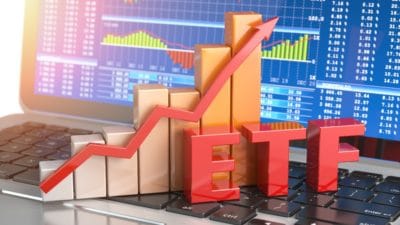A Registered Retirement Savings Plan (RRSP) offers Canadians two significant tax advantages: contributions are tax-deductible from your annual income, and investment gains grow tax-deferred until withdrawal.
The RRSP is a registered account available to income-earning Canadian citizens aged 18 to 71. Notably, the annual RRSP contribution limits are set at 18% of the previous year’s earned income or the CRA’s (Canada Revenue Agency’s) maximum limit ($32,490 for 2025), whichever is lower.
How can the RRSP lower your tax bill in 2025?
As stated above, RRSP contributions are tax-deductible. So, if you earned $100,000 in 2024, you can contribute up to $18,000 towards the RRSP, lowering your taxable income to $82,000.
Any unused contribution room rolls over to future years, allowing Canadians to time these contributions. Moreover, A $2,000 buffer exists for over-contributions before penalties apply.
When withdrawing funds before age 71, account holders face withholding taxes ranging from 10% to 30%, depending on the withdrawal amount. Additionally, withdrawals are counted as taxable income and result in permanent loss of contribution room. At age 71, RRSPs must be converted to a Registered Retirement Income Fund (RRIF) or an annuity.
Alternatively, special programs allow early withdrawals from the RRSP without any penalties for first-time home purchases (Home Buyers’ Plan) or education (Lifelong Learning Plan).
What to hold in your RRSP portfolio?
RRSPs can hold various investments, including stocks, bonds, mutual funds, and Guaranteed Investment Certificates, making it a versatile retirement savings vehicle. Historically, equities have delivered inflation-beating returns to shareholders over time. So, younger Canadians with a long-term horizon should consider allocating most of their RRSP investments toward equity-powered index funds and mutual funds.
One popular index fund is Vanguard S&P 500 Index ETF (TSX:VSP). With over $4.2 billion in assets under management, the VSP ETF tracks the S&P 500 index, among the most popular indices globally. The S&P 500 index exposes you to the 500 largest companies in the U.S., including Apple, Microsoft, and Nvidia. The VSP ETF was launched in November 2012 and has since returned close to 400% to shareholders in dividend-adjusted gains.
According to Warren Buffett, investing in low-cost ETFs such as the VSP should help you beat even the most celebrated fund managers on Wall Street. For instance, around 80% of fund managers fail to beat the underlying indices, which suggests why passive investing continues to gain traction globally.
As the RRSP is a retirement account, investors should take advantage of the underlying volatility associated with equities and build wealth over time. A 30-year-old Canadian can allocate around 70% of the total portfolio to equities and the rest towards other asset classes such as bonds, gold, and cryptocurrency.
Invest in quality growth stocks
Canadians with a higher-risk appetite may also aim to beat the market by investing in quality growth stocks such as Shopify (TSX:SHOP). Shares of the e-commerce giant went public in 2015 and have since returned 5,550% to shareholders. It means a $1,000 investment in Shopify stock ten years back would be worth close to $56,000 today.
It’s essential to identify a portfolio of growth stocks that are positioned to grow revenue and earnings at a steady pace over time, which eventually translates to share price appreciation.
Remember that building wealth takes several decades, but maximizing your RRSP contribution limit and investing in inflation-beating asset classes such as equities could help accelerate your retirement plans by a few years.









